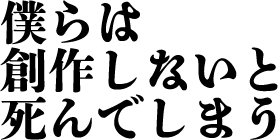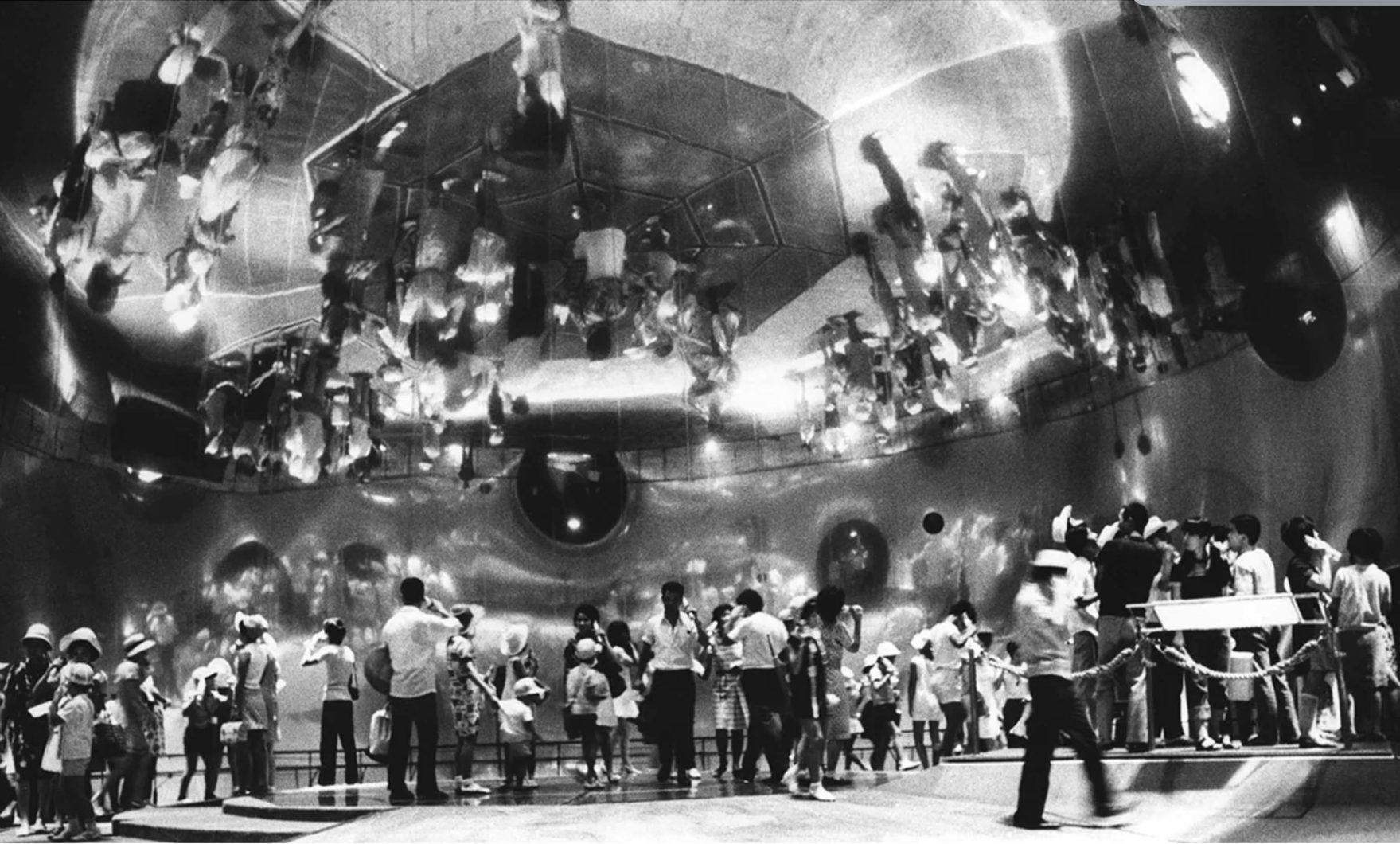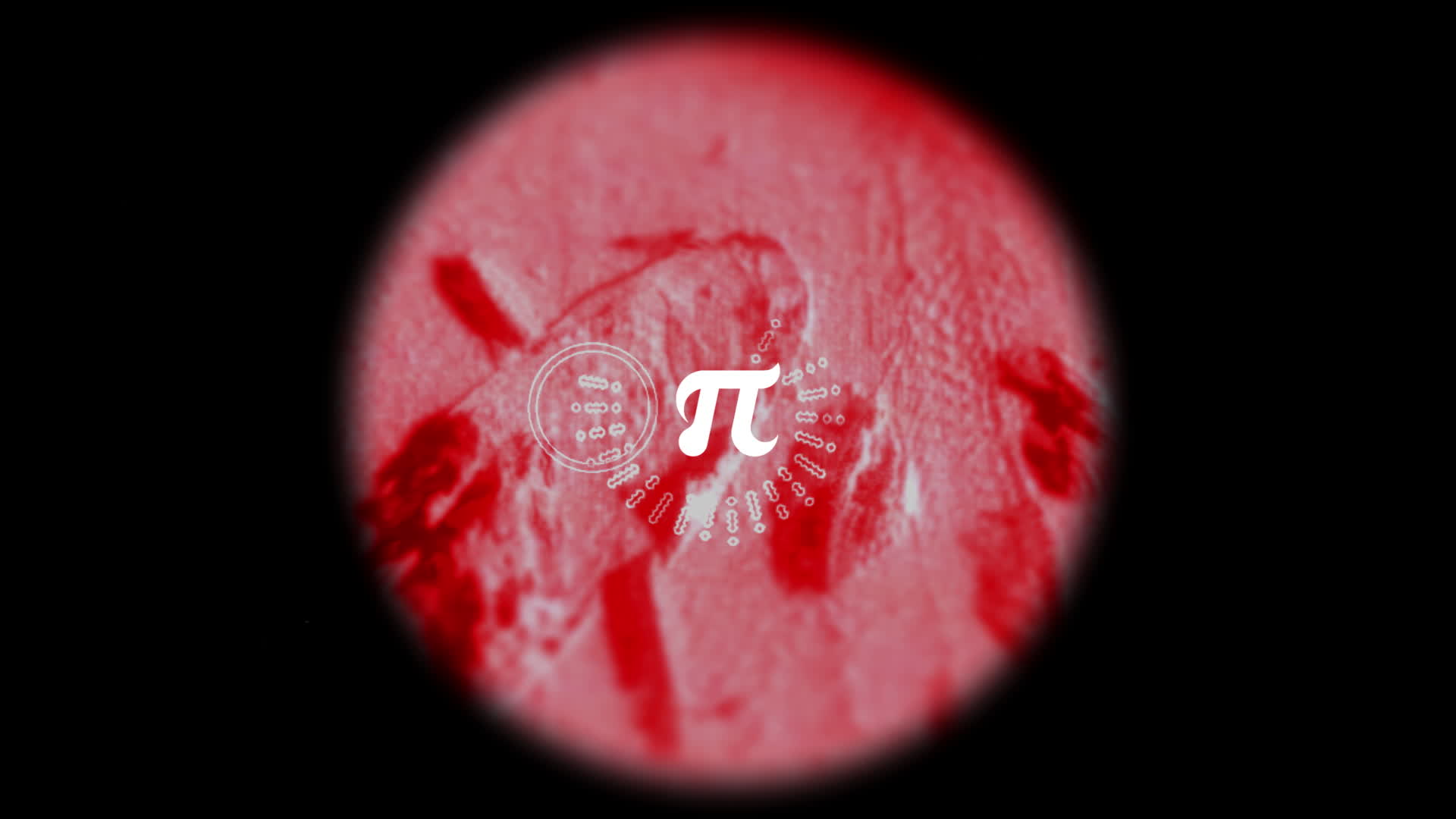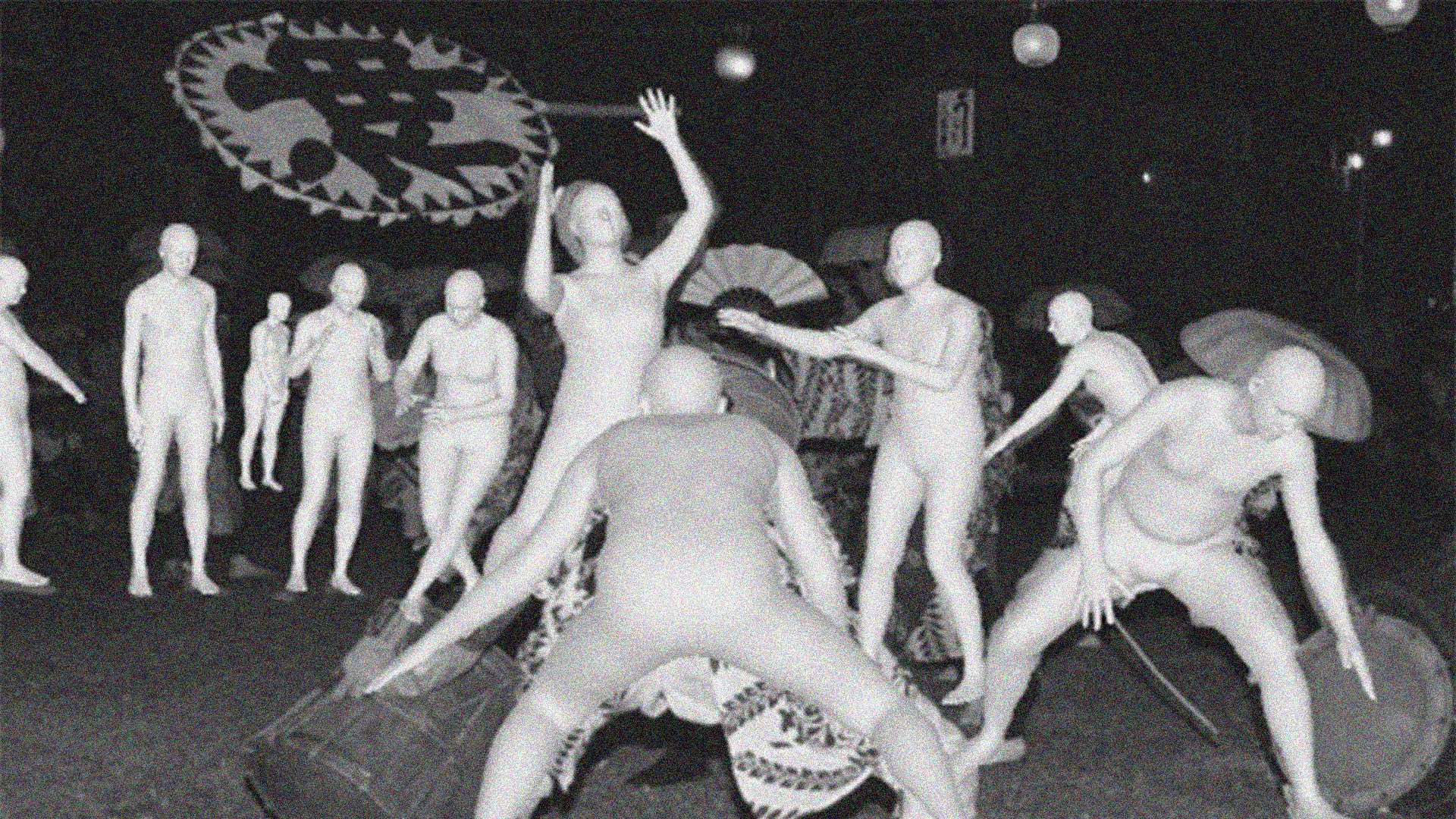
ライティング文化の系譜 |The history of writing
特に渋谷エリアなんかを散歩していると、誰かが描いたグラフィティを目にする。
単なる違法行為としてではなく、時には芸術として語られるグラフィティは、一体、どういった変遷で醸成されてきたカルチャーなのか、個人的に気になったのでリサーチしてみた。
グラフィティは、元々、イタリア語の graff(落書き)が語源で、この言葉にはネガティブな意味合いが込められているらしい。グラティフィライター界隈では、グラフィティではなく、”ライティング”と呼ぶらしい。私も、カルチャーとしてのグラフィティに敬意を込めて、ライティングと呼ぶことにする―。早速だが、ライティング文化の初動から黄金期までの系譜を一気に振り返ってみよう。
ライティング文化の激動期/The history of writing
ライティング文化の初動については、いくつかの説があるのだが、マンハッタンのワシントン・ハイツ、西204丁目に住んでいたジュリオという名の少年が「JULIO204」というタグを近所の壁に書き始めたのが、その始まりであるとされている。
同時期に「JULIO204」の20ブロック先に住んでいた、ギリシャ系の少年、ディミトリウスが、ジュリオのタグを目にして自身のタグを書き始めた。 彼は、後に世界初のグラフィティライターと呼ばれることとなる Taki183 だ。
メッセンジャーであった彼は誰よりも都市全域(オールシティ)を駆け巡り、メディア関係者が多いエリアへ「自分の名前+住んでいる番地」を意味する「Taki183」というタグを書き始める。 69年のことであった。
70年代に突入すると、New York Timesが、Taki183のインタビューを初めて紙面へ掲載する。New York Timesの波及力により、Taki183は「最初の有名なライター」として名を知られるようになった。
Taki183の登場が、NYのライティングブームの火種となり、ライターは激増していった。ライター達はテレビや映画の撮影で頻繁に使用される場所や観光スポットを中心に、自らの名前を公共空間へ描くことで有名性の獲得を競うようになる。
そんな彼らにとって最も魅力的なメディアは「地下鉄」であった。地下ネットワークを日々駆け巡る地下鉄というメディアは、都市全域(オールシティ)へ自身の名前を拡散させるための触媒となり、有名性の獲得とオリジナルスタイルの確立に向けて、ライター達によるスタイルの競争は激化していく。
さらに、”Wild Style(1983)”や、”Style Wards(1983)”などのライティング文化を題材とした映画が公演されると、ライティング文化は、全米全土のみならず、ヨーロッパや日本にも伝搬していった。 この頃、ライターは「ヴァンダリズム型(Bomber:ボマー)」と「アーティスト型(Piecer:ピーサー)」に二極化していく。地下鉄でのライティングから登場した”Keith Haring(キース・ヘリング)”や、今もなお、レジェンドとしてストリートカルチャーへの影響が大きい”Futura2000(フューチュラ2000)”など、ギャラリーとの接点があった一部のライター達のみが、ライティングの媒体を都市からキャンバス(アート)へと移行していった。
80年代の中頃には、ライティング行為そのものが風紀を乱すものであるという認識は社会の共通認識となっていた。この無秩序と戦うためにMTAのロバート・アイリーらが警察官5000人を投入して、割れ窓理論[※]を応用した「クリーン車両プログラム」を実行に移す。
各地下鉄ラインの終点で、車両に1つでもグラフィティが発見された場合、そのグラフィティが完全に消去されるまで走らせないというシンプルなものであったが、これが功を奏し、90年代前後には、地下鉄を中心としたライティングは衰勢していった。
※ブロークンウインドウ理論ともいい、小さな不正を徹底的に正すことで、大きな不正を防ぐことができるという環境犯罪学の理論
Writing culture first started in New York in the 60s. The first waves occurred in the 70s and it reached its golden age which lasted until the mid-80s. Here, I would like to trace the genealogy of writing culture by looking back on its history from its beginnings in NY to its golden age. The tempestuous period of writing:There are several stories about the first writing movements but one that has been cited in various sources is back when a young man known who lived on the 204th Street in Washington Heights, Manhattan started painting “JULIO204” on the walls near his home. Around the same time, another Greek young man who lived 20 blocks away from “JULIO204” started drawing his own tags after seeing “JULIO204”’s work. He was Taki183, the man who would become known as the first writer in the world. As a messenger, he knew the ins and outs of the entire city (all city) and started tagging “Taki183”, his name and his street number, in areas frequented by members from the media. This was in 1969. Then, in the early 70s, New York Times published the first interview with Taki183. Thanks to the power of the media, Taki183 became the first famous writer. During this time, the number of writers increased rapidly in parallel with the popularization of mass media. Writers tagged their names in public places that were used as writing places and tourist spots featured on television and films. And to them, the most attractive media was the subway. The subway media that runs through the underground network every day was a form of media to diffuse one’s name in all parts of the city. Style competition between writers intensified when writers strived to gain fame and to establish their original styles. Furthermore, with the release of movies based on the theme of graffiti art such as ”Wild Style (1983)” and ”Style Wards (1983)”, writing culture became widespread not only in the whole of America but also in Europe and Japan. At this time, writers were split into vandalism-stlye (Bomber) and artist-style (Piecer). Some writers who had ties with galleries such as Keith Haring, who gained fame as a subway artist and the legend Futura2000, who still greatly influences street culture today started transitioning from using the city as a media to using art canvases. In the mid-80s, writing itself was commonly seen by society as injurious to public morals. In order to tackle this chaos, MTA’s Robert Eiley and others deployed 5,000 police officers in the city. They implemented the “Green Car Program” based on the broken window theory [*]. It was a simple plan: Completely clean train cars of writing at terminal stations before they can be run again. The program was a success and subsequently, writing on subways declined around the 90s. *Also known as the broken window theory, this is a theory in environmental criminology which states that it is possible to prevent larger crimes by thoroughly fixing small crimes.
黄金期終焉と作家性を中心としたストリートアートの台頭/The end of the golden era and the rise of street art centered on penmanship
地下鉄というメディアが「クリーン車両プログラム」によって奪取されて以降、ライティング文化の主戦場は再び地上へと回帰していく。
一部のピーサー達は、準合法的壁面(リーガルウォール)でスタイルをより洗練させ、グラフィックデザインやパブリック・アートを手がけるライターも現れ始めた。
一方で、ボマー達はスタイルや有名性の追求ではなく、対権力的行為へ傾倒し、スリルや違法行為への悦楽に浸っていく。
より効率的にこの悦楽を得るために、ゲットアップ(拡散)する方法を模索した結果が、ステッカーである。
ステッカーによる奇襲行為は90年代~00年代のライティング文化の特徴とも言える。 60年代を継承したライティング文化は、ボマーとピーサーという2極化を抱えつつも徐々に成熟してゆく。00年代になると名前を描くことに囚われない、イメージを中心としたストリートアートが都市へ介入し始める。
Banksyがロンドンでステンシルを開始し、ゼウスがパリの路上で「エレクトリック・シャドウ」を仕掛けたように、古典的なライティングの血脈を引き継いでいるが、決して同化はしていない”新たなライティングの形態(スタイル)”が見られるようになる。
さらに、インターネットの普及によって、BanksyやJRなどのライター達の「作家性」が発信されていった。
Banksyの「風船と少女」が落札と同時にシュレッターで破壊され、話題を呼んだのも記憶に新しい。
近年では、ニューヨーク市立美術館での「The City Is My Muse(2016)」の開催や、17年にはローマ現代美術館で、ライティング文化の歴史40年を紹介する「Cross The Streets(2017)」が開催されるなど、ライティング文化を体系化する試みが始まっている。
日本においても17年に美術手帖においてライティング文化が特集されるなど、徐々にライティングの系譜をアカデミックに体系化しようとする動きが見えてきている―。
70年代に続く文化の系譜の代謝が徐々に鈍化しつつある今、どんな火種が必要だろうか。
ライティングを病的に好きだからこそ、最近はそんなことばかり考えている。
After the Green Car Program took over the subway as a media for writers, the main battlefield for writing culture returned above ground. Some piecers refined their styles using legal walls and even dabbled with graphic design and public art. On the other hand, the bombers did not pursue style nor fame. They tended towards subversive acts and were immersed in the pleasure of thrilling and illegal acts. It can be said that one of the distinctive features of the 90s-2000s were surprise attacks using stickers in order to get up more effectively. The polarization between bombers and piecers became noticeable. Although polarized by Bomber and Banksy, writing culture which continued from the 60s reached its maturity. In the 2000s, writers did not constrain themselves to writing names and started to use images in their street art. We started to see new writing styles which were taking over the classic writing bloodline but not necessarily conforming to the typical styles, such as Banksy’s stencil graffiti in London and Zevs’ electric shadows in the streets of Paris. With the internet becoming more prevalent, the “penmanship” of writers like Banksy and JR started getting attention. The world-reaching news of the shredding of Banksy’s “Girl with Balloon” moments after bidding ended is still fresh in our memory. In recent years, the Museum of the City of New York organized “The City Is My Muse (2016)”, and in 2017, Rome’s National Gallery of Modern Art hosted the exhibition “Cross The Streets (2017)” which featured the 40 years of history of writing culture in Rome. These events show the start of the systemization of writing culture history. The signs are gradually appearing even in Japan. For example, writing culture was featured in Bijutsu Techo in 2017.(to be continue)



